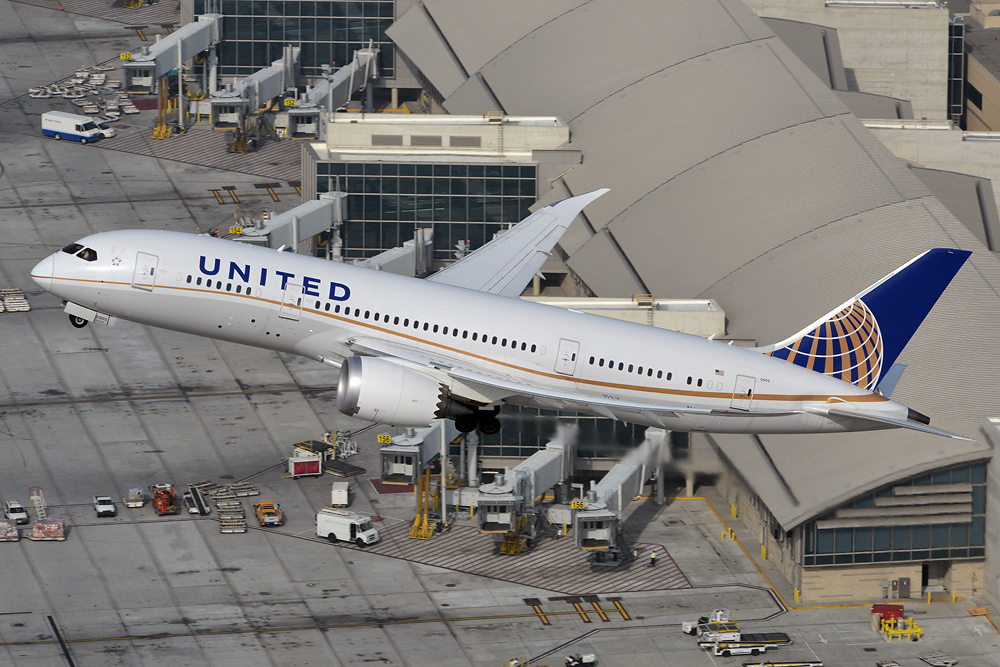The Federal Aviation Administration (FAA) has issued today a new airworthiness directive (AD) for all Boeing 787-8, 787-9, and 787-10 airplanes requiring additional precautions when landing on wet or snowy runways at airports where the new 5G will be in use.
FAA explains that this AD was prompted by a determination that radio altimeters cannot be relied upon to perform their intended function if they experience interference from wireless broadband operations in 5G C-Band, and a determination that, during landings, as a result of this interference, certain airplane systems may not properly transition from AIR to GROUND mode when landing on certain runways, resulting in a longer landing distance than normal due to the effect on thrust reverser deployment, speed brake deployment, and increased idle thrust.
Required Actions
In order to address this issue, the AD requires revising the limitations and operating procedures sections of the existing airplane flight manual (AFM) to incorporate limitations prohibiting certain landings and the use of certain minimum equipment list (MEL) items, and to incorporate operating procedures for calculating landing distances, when in the presence of 5G C-Band interference as identified by Notices to Air Missions (NOTAMs).
The AFM revision will take 1 work-hour costing $85 per aircraft and in total, this action will affect 137 US aircraft and 1,010 B787 worldwide.
According to FAA document, it is prohibited to dispatch or release a 787 to an airport with ice or wet ice on top of compact snow, dry snow or wet snow over ice with any of the following MEL items:
- Antiskid Control System
- Wheel Brake System
- Wheel Brake System, Electric BrakeActuator System
The FAA is issuing this AD to address degraded deceleration performance and longer landing distance, which could lead to a runway excursion.
Background of the Airworthiness Directive
Reuters states that AT&T and Verizon agreed to buffer zones around 50 airports to reduce 5G interference risks including New York City, Los Angeles, Chicago, Las Vegas, Detroit, Dallas, Philadelphia, Seattle, Miami and Minneapolis.
“More than 100 airports and heliports within 46 of the largest metropolitan areas of the country will have their low visibility approach procedures closed due to potential radio frequency,”
Airports Council International – North America said
Why has the 5G rollout affected flights?
The high-speed 5G cellular network uses so-called C-band frequencies similar to those used by radio altimeters on aircraft. Top U.S. airlines have warned that the rollout near airports could interfere with equipment that planes use to take off and land.
Radio altimeters give precise readings of the height above the ground on approach and help with automated landings, as well as verifying the plane has landed before allowing reverse thrust. Altimeters operate in the 4.2-4.4 GHz range and the concern is that the auctioned frequencies sit too close to this range.
In most parts of the world, the 5G usage spectrum is 3.2-3.8GHz. In the US the spectrum goes up from 3.7 to 4.1-4.2GHz.
Altimeters installed on the aircraft are in the 4.4GHz range.




